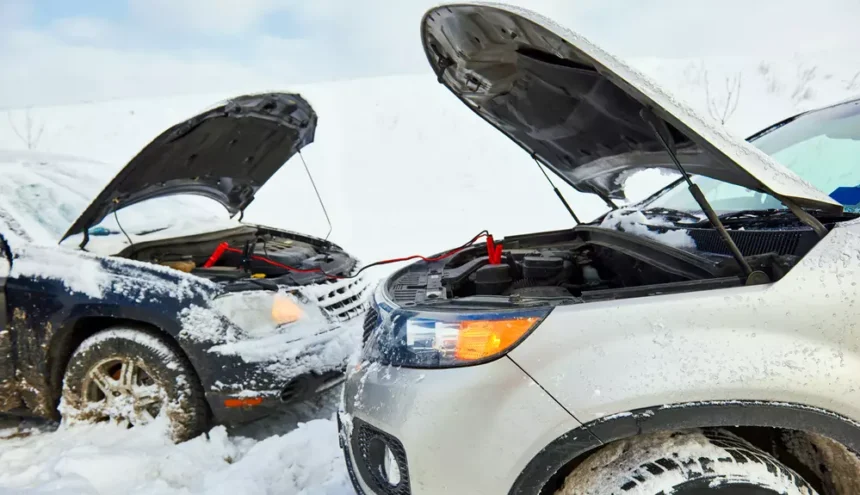Cold weather is notorious for wreaking havoc on car batteries. When temperatures drop, it’s common to find yourself with a car that refuses to start. Understanding how to jump a car in these conditions is essential for every driver. In cold weather, knowing how to jump start your car correctly might mean the difference between a small annoyance and a significant disruption to your day. This article provides the insight and steps necessary to safely and effectively get your vehicle started, even in the chilliest conditions.
Understanding Cold Weather Impact on Car Batteries
Why Batteries Struggle in the Cold
As temperatures plummet, so does your car battery’s performance. The battery’s capacity to retain a charge decreases as the chemical reactions necessary to produce power slow down. This means the battery works harder, especially if it’s already on the weaker side. Understanding this helps in anticipating and preventing potential no-start situations.
Preparing for a Cold Weather Jump-Start
Essential Tools and Equipment
Always have a set of quality jumper cables in your car. A portable battery booster or jump starter pack can also be invaluable. These tools mitigate reliance on others for a jump, providing independence and control when car batteries fail.
Positioning and Safety Considerations
If possible, ensure both vehicles are parked facing each other with ample cable space but without touching. Both transmissions should be set in park (or neutral), with parking brakes engaged to prevent any rolling.
Executing the Jump-Start
Step-by-Step Connection
- Attach the red clamp to the live battery’s positive terminal and the other red clamp to the dead battery’s positive terminal.
- Attach the black clamp to the live battery’s negative terminal, followed by the remaining black to an unpainted metal surface on the dead vehicle.
This sequence ensures a safe connection, reducing the risk of shocks or ignition of explosive gases.
Starting the Vehicle
Start the engine of the live vehicle and allow it to run for a few minutes. This time provides the dead battery with sufficient energy to start. Afterward, attempt to start the dead vehicle. Several minutes may be required for successful ignition.
After Jump-Start Procedures
Disconnecting the Cables
The reversal of the connection process is crucial to prevent electrical issues. Begin with the black clamp from the dead car, followed by the black from the live vehicle, then both red clamps in the same order.
Driving and Recharging
Once the vehicle starts, let it run or drive for at least 20 minutes. This practice aids in recharging the battery, ensuring it builds enough power to start unassisted next time. If issues persist, initiate essential battery maintenance.
Maintaining Battery Health in Cold Weather
Regular Inspections
Conduct regular battery checks to minimize the need for jumps:
- Conduct.
- Ensure the connections are tight and free from corrosion.
- Consider a battery blanket should be used to keep it warm overnight during extreme cold.
Professional Assistance
If starting issues persist, a professional evaluation of the battery’s age and capability might be necessary. Cold weather tests can determine if it’s time for a replacement, guided by insights from experts, as seen in resources about cold weather effects on batteries.
Implementing a proactive approach keeps cold-related battery problems at bay, promoting longevity and reliability. Furthermore, understanding the importance of regular vehicle maintenance as seasons change will reinforce vehicle dependability throughout winter challenges.






